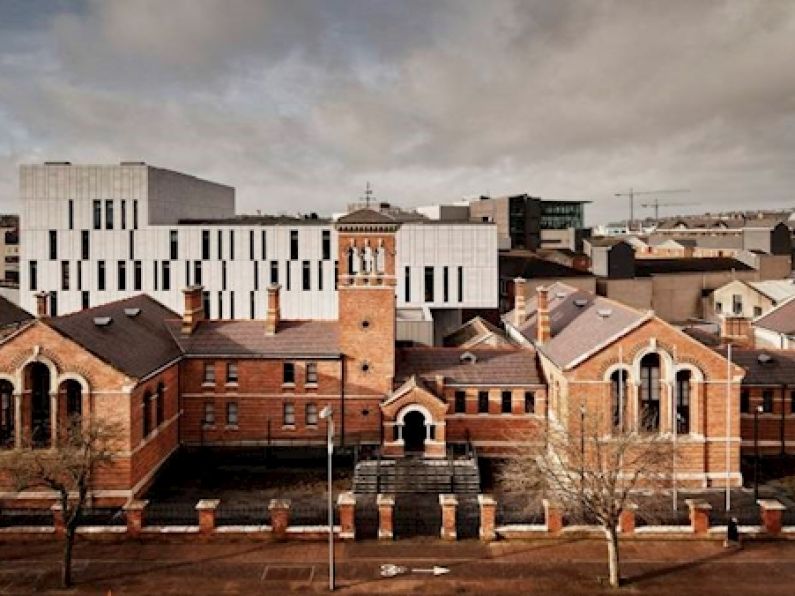It’s that time of year again when students are getting ready to go back to college and the mad scramble for rental accommodation begins, writes Jim Power.
The same stories are told every year of queueing up for sub-standard rental accommodation at exorbitant prices.
There is now the added complication of low lives who are engaging in fraudulent behaviour to extract rental deposits from unsuspecting people for properties that do not exist.
Dublin is obviously the most difficult market from a student accommodation supply perspective, but every town and city with a third-level educational institution will have issues relating to rental supply over the coming weeks.
For those who are lucky enough to source a rental property, a vast amount of money will be expended on rents over the coming months.
For those who cannot afford or for those who cannot source a rental property, they will either be forced to look at educational opportunities outside of their home city or commute from long distances, thereby missing out on many of the joys that college life has to offer.
At one level I think back on when I came to college in Dublin in the early 1980s, and I have vivid memories of queueing up for sub-standard bedsits in Rathmines or Ranelagh and being forced to fork out what I thought was an exorbitant sum of money at the time.
The point is that it was always difficult to rent, but given the current shortage of housing for owner-occupier and rental housing, and consequent spiralling house prices and rents, one has to think it is more difficult at the moment than it has ever been.
"Throw in on top of this the homeless situation, then the picture does look quite bleak"
Despite what some are now suggesting, I do believe that the only effective response to the demand-supply imbalance that is pushing up house prices and rents is to increase housing supply.
The good news is that at last housing supply is starting to pick up.
Recently, the CSO started producing new data on housing completions based on a different methodology that the previously utilised ESB connections.
The new series showed that between 2011 and 2017, 53,578 new houses were completed compared to a previous estimate of 85,154. This demonstrates clearly why the market is under so much pressure.
Looking for student accommodation in Galway ... badly stuck if anyone can help !
— Cian Foran (@Cian_foran16) August 21, 2018
The latest CSO data this week showed that a total of 7,909 new dwellings were completed in the first half of the year, which is arbout 30% higher than the first half of 2017.
I wouldn’t be inclined to get too carried away, because even if this growth rate were to be maintained in the second half of the year, we would still be looking at completions of around 18,770, which is roughly half of what we need to be building at the moment.
In the first half, 3,011 or 38% of the total was built in Dublin.
Assuming this supply improvement continues, one would expect that over the next couple of years, the rate of house price inflation will gradually ease.
The latest house price data for June published last week does show that the rate of house price inflation in Dublin is starting to ease, but outside of Dublin the annual rate of inflation is accelerating.
National average house prices in June 2018 were 12% higher than a year earlier and since the bottom of the market in March 2013, prices have increased by over 79%.
In the rest of Ireland, which excludes Dublin, prices in June were 15.2% higher than a year earlier and prices have increased by over 74% since the bottom of the market, in May 2013.
Prices in Dublin have increased by almost 93% since the bottom of the market which in the region was recorded as February 2012, and prices in June were 9% higher than a year earlier.
This is down from the 13% rate in April.
Perhaps supply is starting to work in Dublin, but I think it more likely that Dublin prices are starting to moderate due to affordability issues.
Prices are just simply too high for many buyers. Bring on more supply, it is the only real remedy.






